Contact us
Magnetic separation
Magnetic separations are based on the differences of the magnetic susceptibility of the various constituents. They can be carried out through dry or wet sorting, principally according to the particle sizes of the materials.
The magnetic separators modify the characteristics of the magnetic field and enables the lab to act selectively on the particles the most sensitive to magnetisation (ferromagnetic, paramagnetic) in relation to those unaffected by the magnetic field (diamagnetic). Depending on the intensity of the magnetic field applied, the paramagnetic particles will be more or less affected by the separator. The CTP is equipped with several items of equipment which can operate in all types of conditions.
| Equipment | Medium | Level/Flow rate | Input | Magnetic fields | |
|---|---|---|---|---|---|
| Overband |
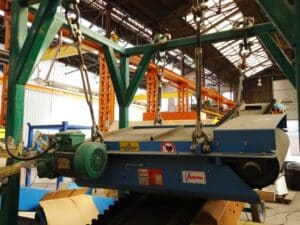
|
Dry | Pilot | < 100 mm | 1500 g |
| Drum separator |
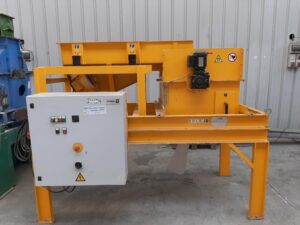
|
Dry | Pilot (500 kg/h) | < 30 mm | 4000 g |
| High and low intensity magnetic separator |
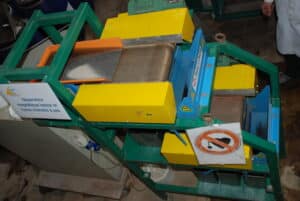
|
Dry | 250 kg/h | < 2 mm | 2000 g and 8500 g |
| Wet high intensity magnetic separator |
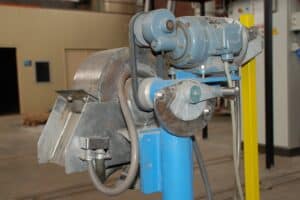
|
Wet | 100 l/h | < 2 mm | Maximum 1000 g |
| High intensity separator |
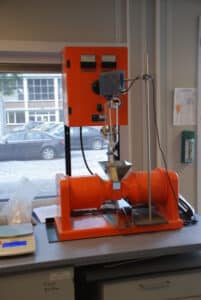
|
Wet | Batch of 100 g | < 1 mm | Up to 22000 g |
| Eddy current separator |
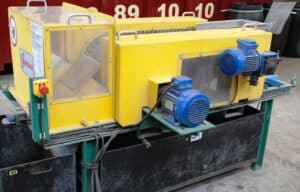
|
Dry | Pilot | 3-50 mm | 2000 g |
The CTP is also equipped with an eddy current separator for the separation of non-ferrous metals (aluminium, copper, zinc) primarily for recycling processes. A rotary field, consisting of magnets with alternate polarities, can be rotated to cause magnetic fields in the conductive particles (mainly metal) facing the magnetic field of the magnet, which provokes the ejection of the conductive particles. When the rotary field is not rotating, the separator operates as a standard magnetic separator.
Our expertise
In mineral processing
All
Our expertises